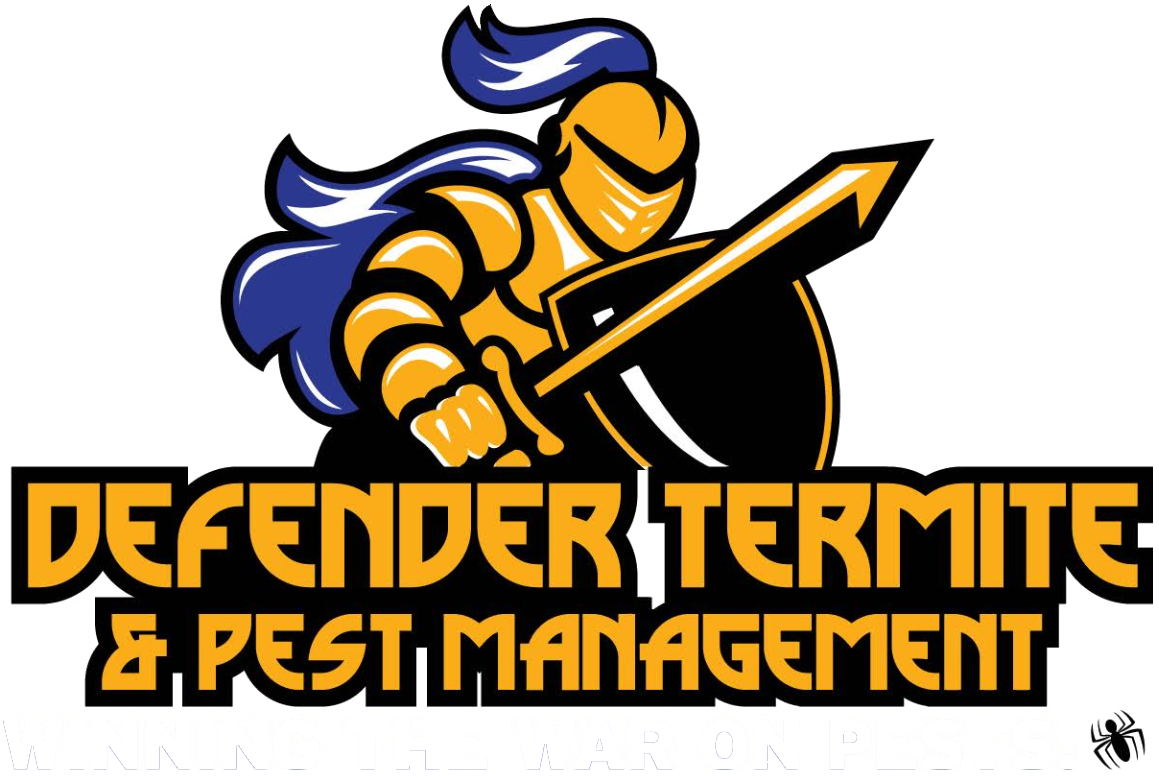What You Need to Know About Termite Swarming Season in Northern California
At certain times of the year, the termites swarm in northern California. Reproductive termites take flight, splitting off from a larger colony to create their own. You might spot a cloud of termites in the air or just a few flitting around.
If you live in northern California and want to prepare for termite swarming season, here’s everything you need to know.
Termite Swarming is Weather-Triggered
Termites don’t necessarily swarm at the exact same moment every year. Instead, specific weather conditions trigger the activity. Temperature, rainfall, and wind speed all impact whether swarming happens. As a result, you might see a swarm in April one year, but then, the following year, it doesn’t happen until June.
While you can monitor the weather to see if a swarm is likely near, there are other approaches as well. For example, spring swarms usually occur when certain trees bud or bloom. The needed weather conditions for both events are similar, allowing one to serve as a signal for the other.
When Termites Swarm in Northern California
Each termite species may swarm at different times. However, there is usually a pattern to each swarming season, allowing you to anticipate when it will occur.
For arid-land subterranean termites, a warm spring or fall day can trigger swarms. The local rainy season in the early spring, fall, or winter can send the western subterranean termite flying, while the desert subterranean termite commonly heads out at night between July and September.
Desert drywood termites also prefer the night between July and September, while Pacific dampwood termites area bit behind, swarming from August through October. At higher elevations, the Nevada dampwood termite gets going in the spring. But, in coastal areas, it might not happen until summer or even early fall.
How to Prevent a Termite Infestation
Every swarm means new termite colonies are forming. Each one is going to look for a new home, and that means they are seeking food, too. If you want to make sure your house isn’t a target, it’s important to take action. There are steps you can take to make your building a less-enticing option. Plus, many termite treatments can prevent termites, but only if they are in place before these pests reach your property.
Begin by ensuring there aren’t any wood piles, mulch, or waste lumber against your house. Fill any foundation cracks and maintain a one-inch gap between the ground and any wood portions of your home. Additionally, work to prevent water from accumulating against your foundation. You may need to adjust your downspouts or gutters, create new drainage options that steer water away, or use other water diversion tools.
Both soil termite treatments and bait traps can be effective at preventing termites, as well. With the soil treatments, chemicals create a termite barrier. Since the barrier surrounds your home, it keeps termites out. But, even if a few get in, they’ll touch the chemicals if they head back to the soil. Bait systems attract the termites. Once there, they consume the bait, which contains an insecticide. They can also bring the bait back to any nearby colonies, eradicating them as well.
If you already have an infestation, the treatments above can help. But, if it’s extensive, tent fumigation may be necessary. If termites are worrying you, contact a pest control company immediately. They can help you explore your options, giving you access to an approach that’s right for you.
